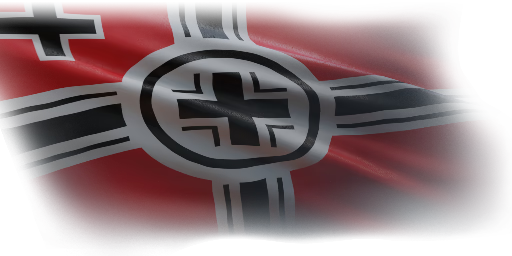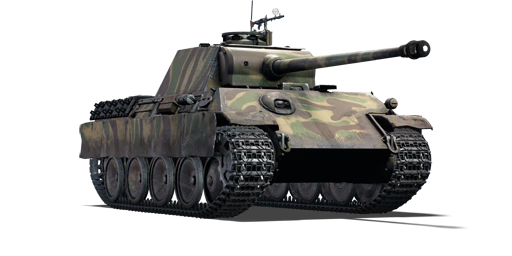The Panzerkampfwagen V Ausführung G (Panther G) (Sd.Kfz. Index: Sd.Kfz. 171) is the third production variant of the iconic Panzerkampfwagen V Panther medium tank family. The letter G was used to signify that this batch of tanks had a new, modified chassis. The most visible difference between the Panther G and the Panther A was a small increase in the thickness of the hull side armour plate to counter infantry anti-tank weapons. However, this added weight to the Panther, which was already overweight, so the lower frontal armour plate and hull belly armour plate thickness were reduced to compensate. Many other small improvements were made, but the general goal of the design was to simplify the manufacturing process so that more tanks could be produced as quickly as possible. The ventilation systems for the transmission, brakes, engine, and exhaust were redesigned, and the two parallel vertical pipes that emerged from the exhaust cover at the back of the Panther A tank hull were no longer required. Sheet metal coverings were gradually introduced beginning in June 1944 as a temporary remedy to assist in decreasing the red glow given off by the exhaust pipes at night. These were subsequently replaced by purpose-built Flammenvernichter flame suppressor exhaust mufflers beginning in October 1944. On September 9, 1944, factories received orders to cease using Zimmerit due to evidence that it had caused tank fires and a lack of confirmation of magnetic mine use by the Soviets and the Allied infantry.
Introduced in the Closed Beta Test for Ground Forces before Update 1.41, the Panther G is part of the next generation of medium tanks that officially superseded the Panzer IVs in World War II. It was the most produced Panther variant, accounting for 2,961 of the total number of around 6,000 Panther tanks constructed during World War II. The Panther G's gameplay experience is quite identical to Panther A's, however, the maximum speed is slightly lower. The gun mantlet is also slightly modified, lowering the likelihood of successful enemy penetration into the turret crew compartment. The players can also use a commander's cupola-mounted MG34 light machine gun as a deterrence to hostile low-flying aircraft.















